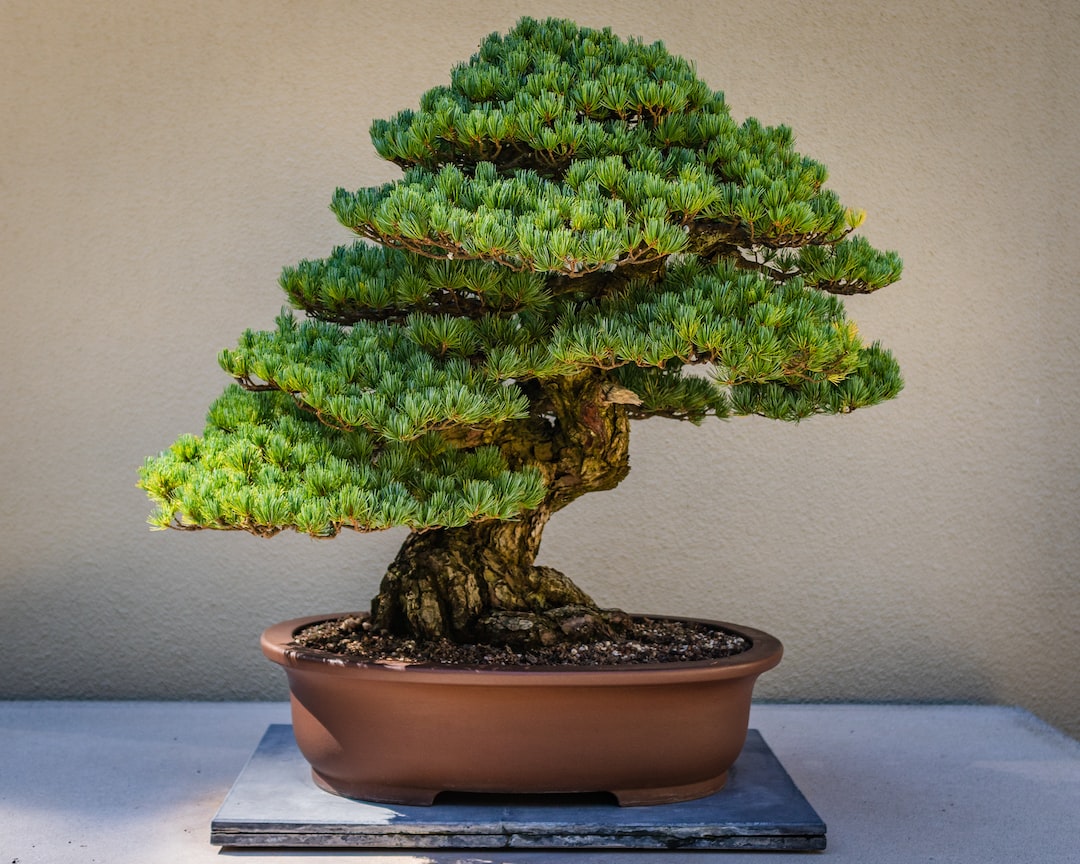 Perhaps none of the beautiful trees in your community are as pampered and well cared for as your bonsai trees. These miniature treasures deserve nothing but the best when it comes to their overall health and well-being.
Perhaps none of the beautiful trees in your community are as pampered and well cared for as your bonsai trees. These miniature treasures deserve nothing but the best when it comes to their overall health and well-being.
Their overall health, however, is tied primarily to your care and maintenance. Careful attention, pruning, and trimming are critical to your bonsai’s overall health, growth, and style.
We’re here to help you start with the basics. So keep reading and we’ll walk you through everything you need to know to get started with bonsai maintenance.
Watering
Watering is one of the most important aspects of bonsai care. Bonsai should be watered deeply and allowed to drain completely. Depending on the climate and type of tree, you may need to water daily or just a few times a week. You can check out hookedonbonsai.com to learn more about different kinds of bonsai trees.
Potted bonsai should be placed in a saucer or tray filled with water so that the roots can soak up moisture. Overwatering is a common problem with bonsai, so be sure to check the soil before watering to ensure that it is dry.
Fertilizing
Use a fertilizer designed specifically for bonsai (never use ‘miracle grow’ or other garden fertilizers on your bonsai). Apply fertilizer to the soil, not the leaves or branches of the tree.
Fertilize your bonsai every four to six weeks during the growing season (spring and summer), and once every two months during the dormant season (fall and winter).
Pruning
Pruning is often done to shape the tree and encourage new growth. There are two types of pruning:
- pinching
- cutting
Pinching is done with your fingers and is used to remove new growth. Cutting is done with scissors or a knife and is used to remove larger branches.
When pruning, it is important to make clean cuts at a 45-degree angle. This will help the wound heal quickly and prevent disease.
Re-potting
Repotting your bonsai is one of the most important maintenance tasks and should be done every 2-3 years for young trees, and every 3-5 years for older trees.
Use a sharp knife to remove the tree from its current pot, and do your best to minimize root damage. Gently loosen the root ball and position the tree in its new pot. Fill in with fresh potting soil, and water well. Apply a slow-release fertilizer and place the tree in a bright, protected location.
Dealing With Bonsai Pests
Bonsai pests are a common problem for beginner gardeners. Inspect your plants regularly for signs of pests. Look for unusual holes in the leaves, webbing, or clusters of eggs. If you find pests, try to identify them so you can get rid of them effectively.
Keep your garden clean. This will help avoid pests from taking up residence. Use traps or barriers to keep pests out of your bonsai.
Use pesticides sparingly and only when necessary.
Follow These Bonsai Maintenance Tips for a Beautiful and Healthy Bonsai Tree
It takes time and patience to create a beautiful bonsai tree, but with these easy bonsai maintenance tips, anyone can do it! Be sure to water regularly, fertilize monthly, repot every two to three years, and prune regularly to maintain the shape of your tree.
With a little care, your bonsai will thrive for years to come.
For more on this topic, feel free to visit the rest of our blog!
Leave a Reply